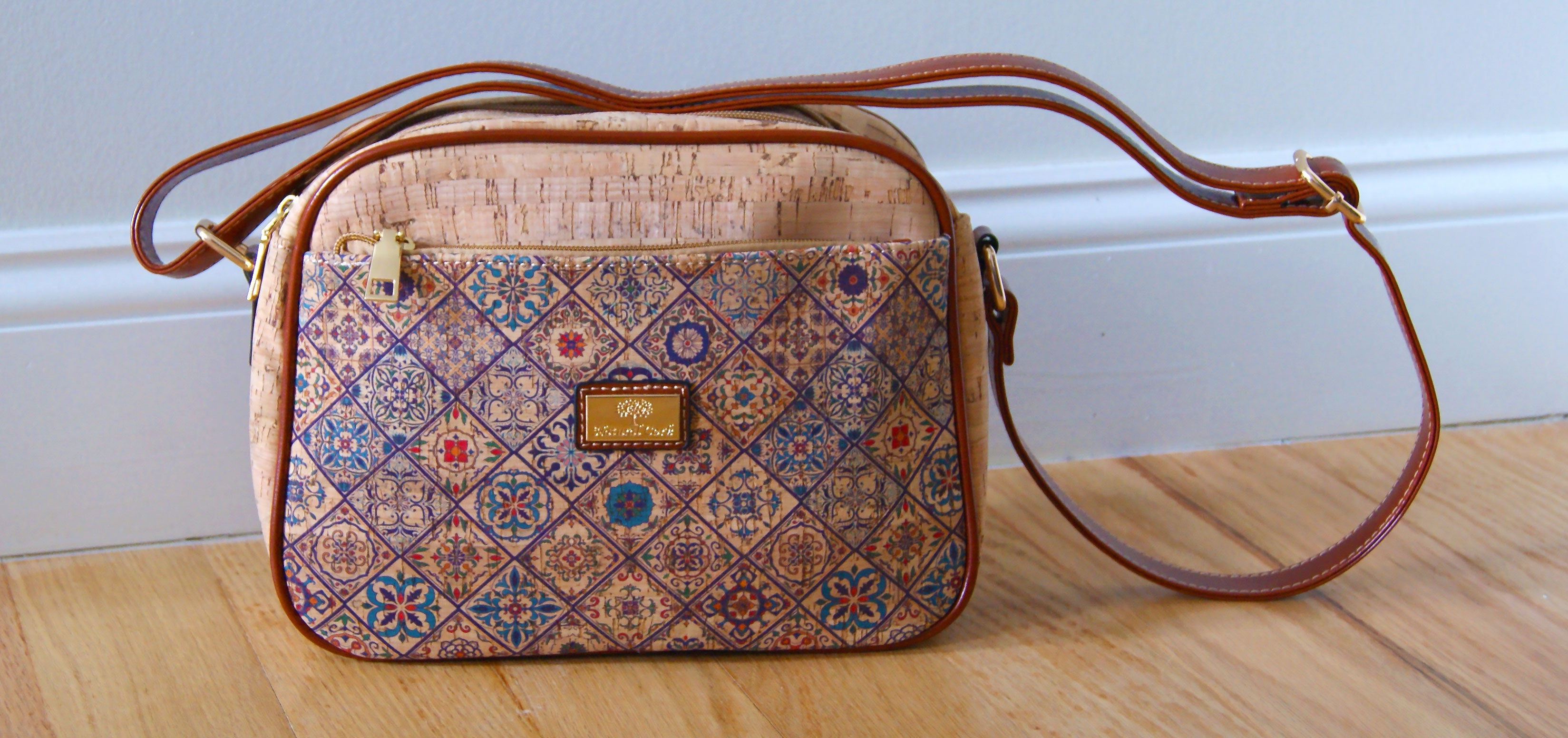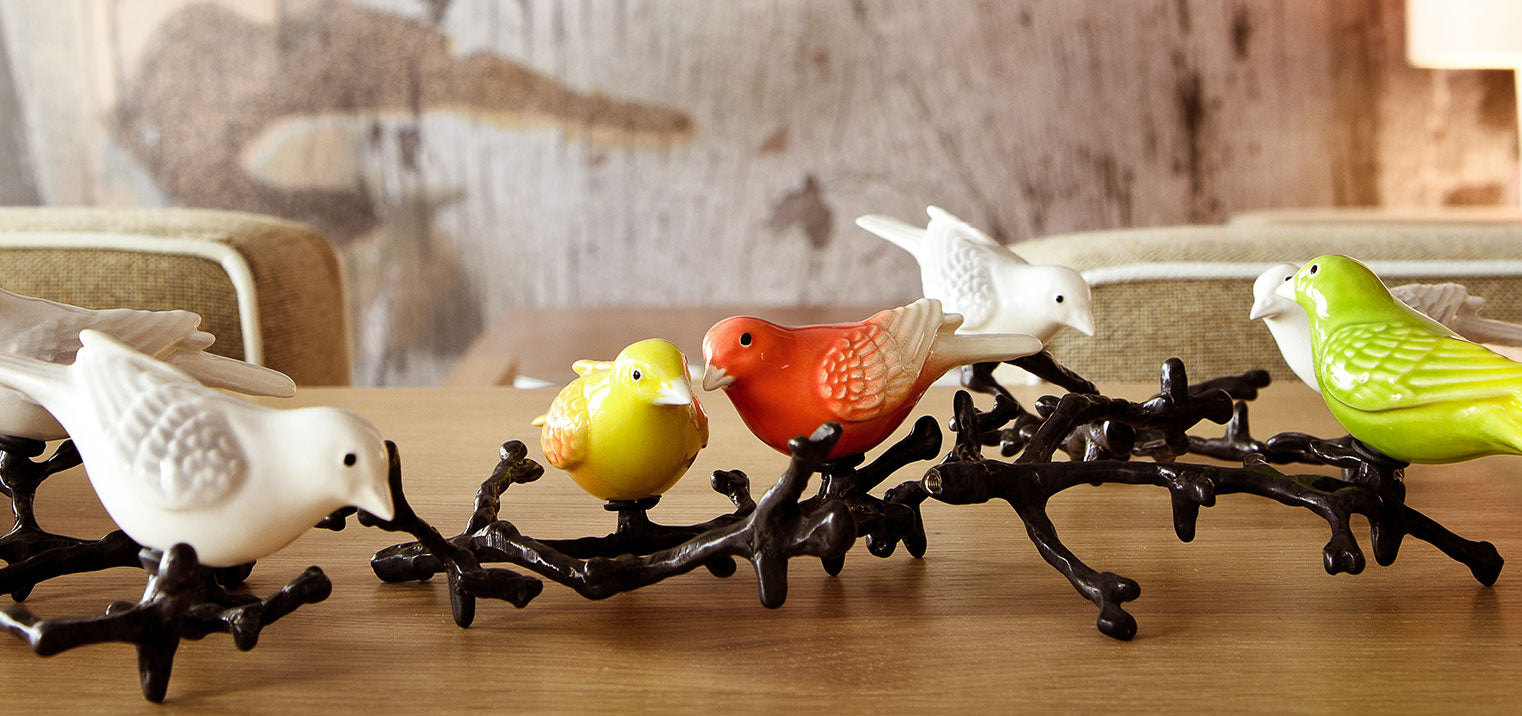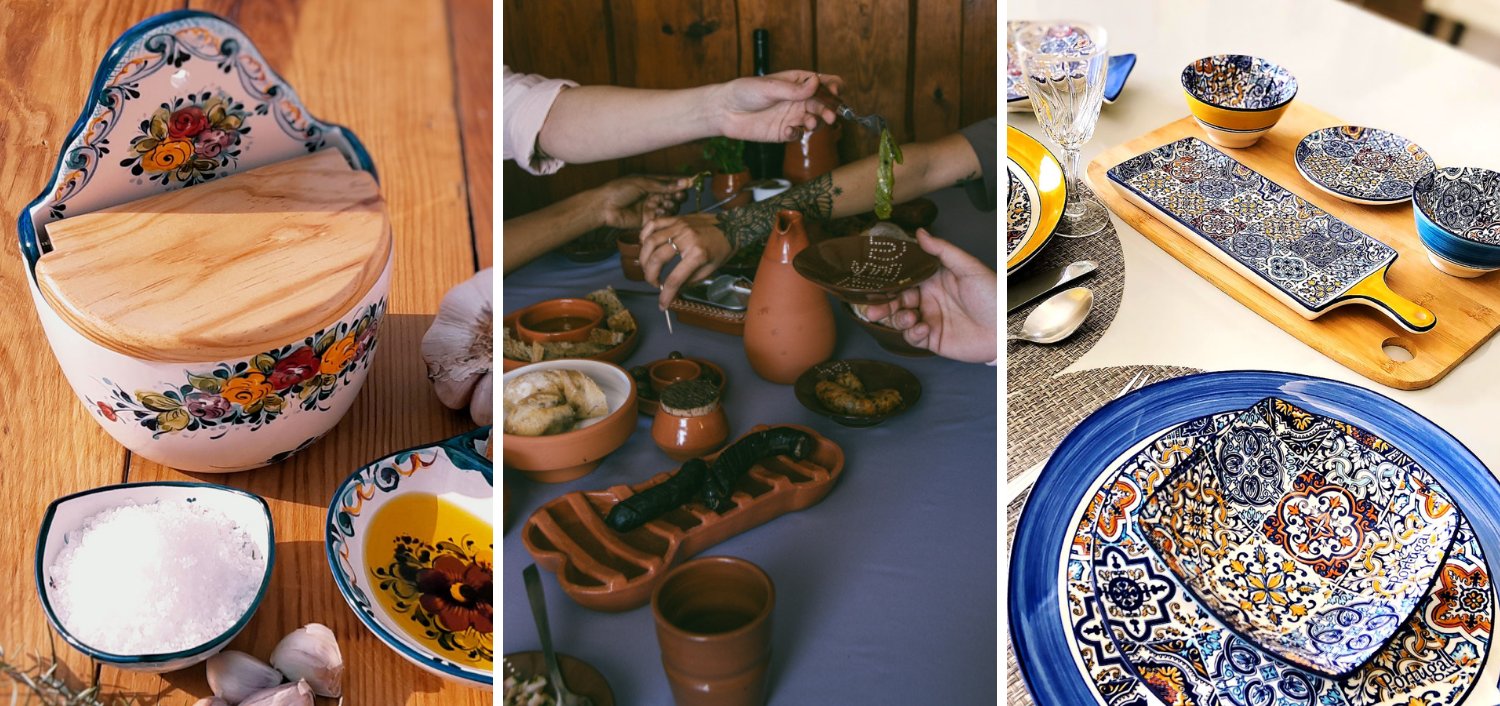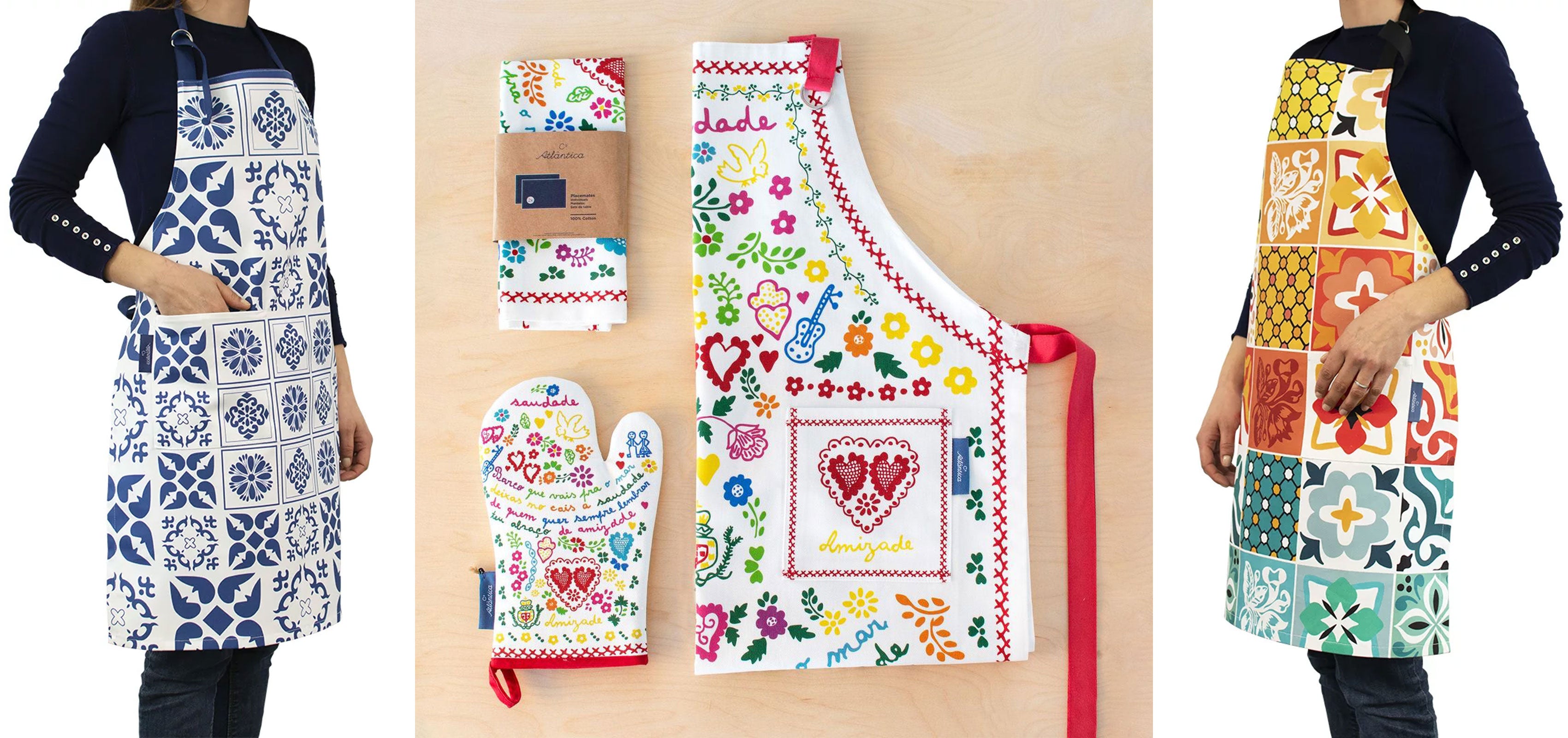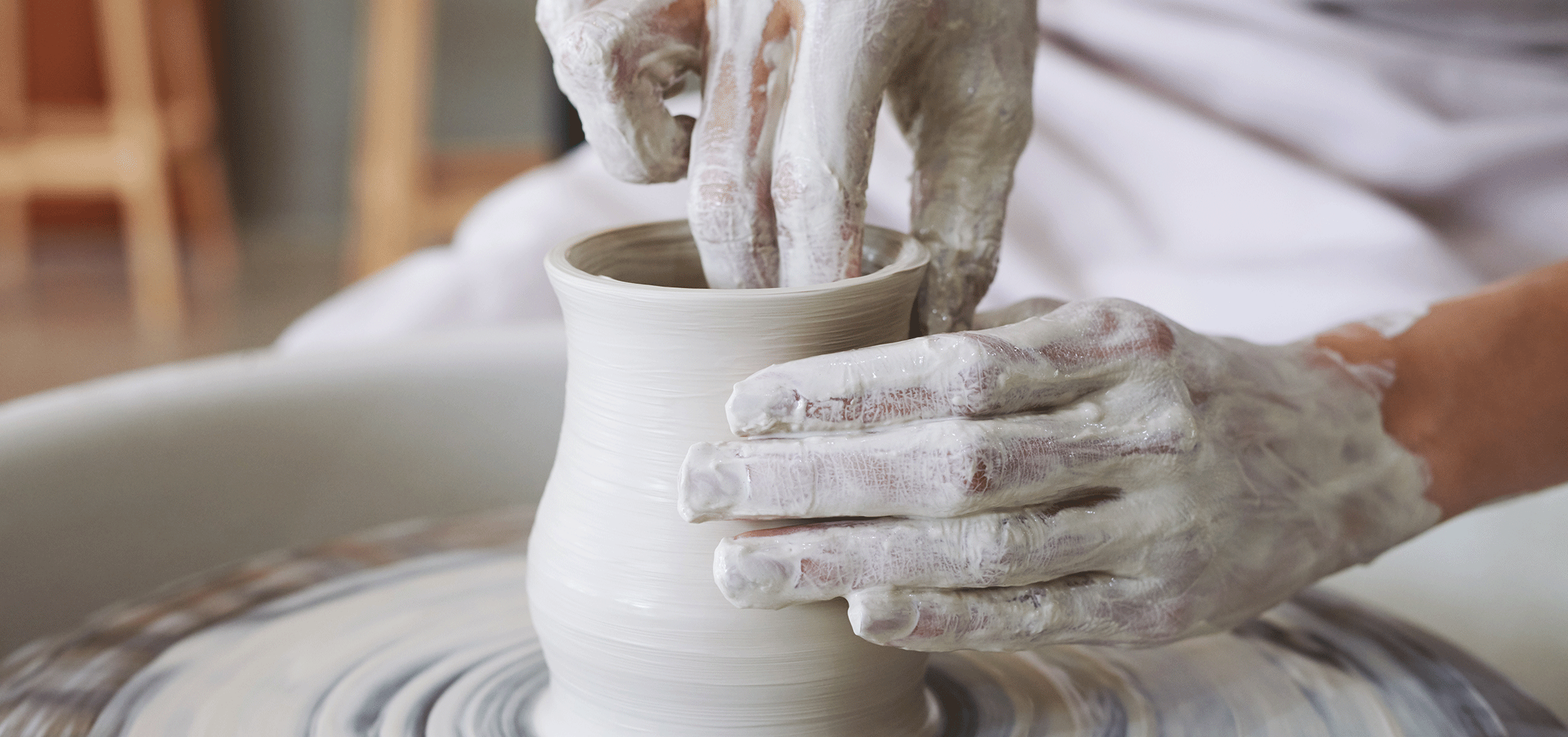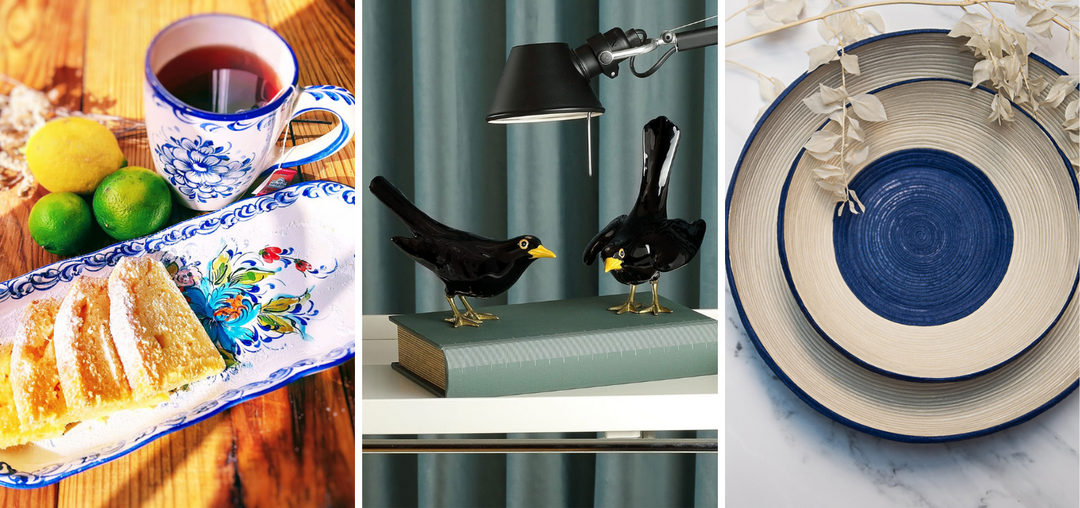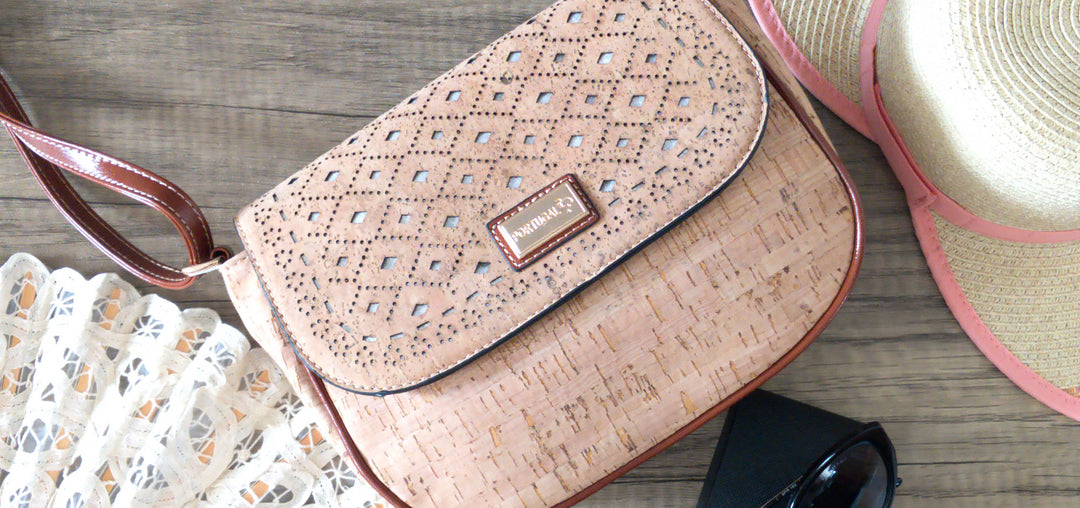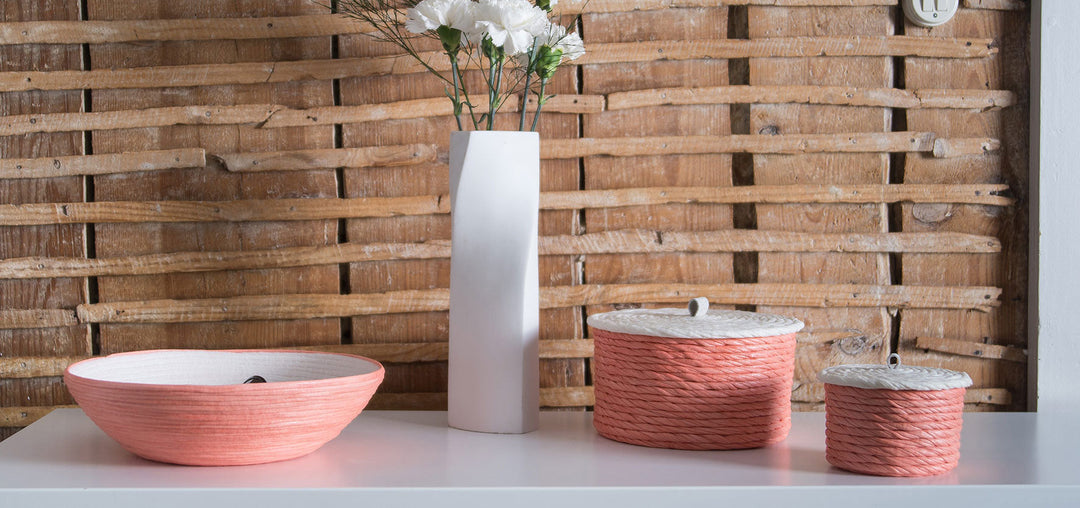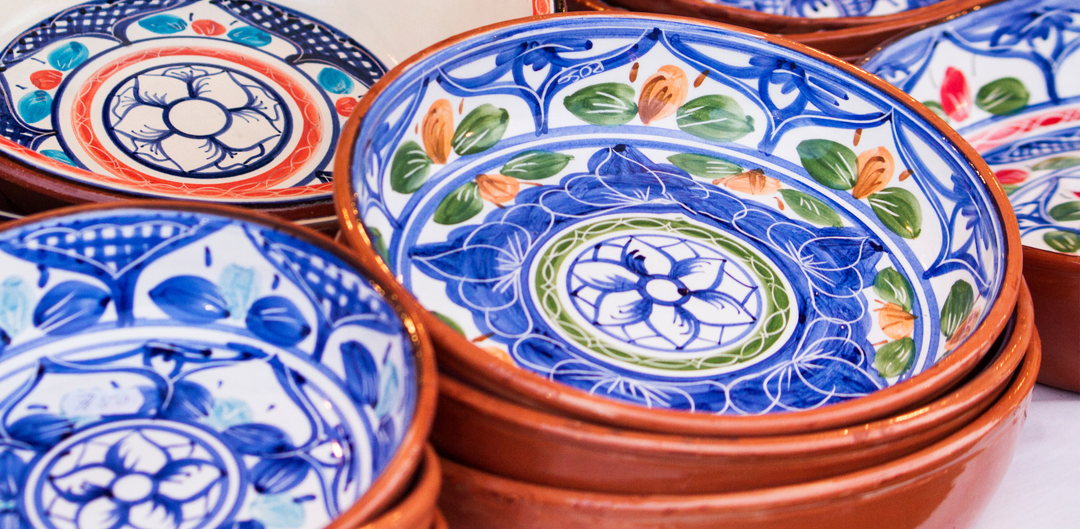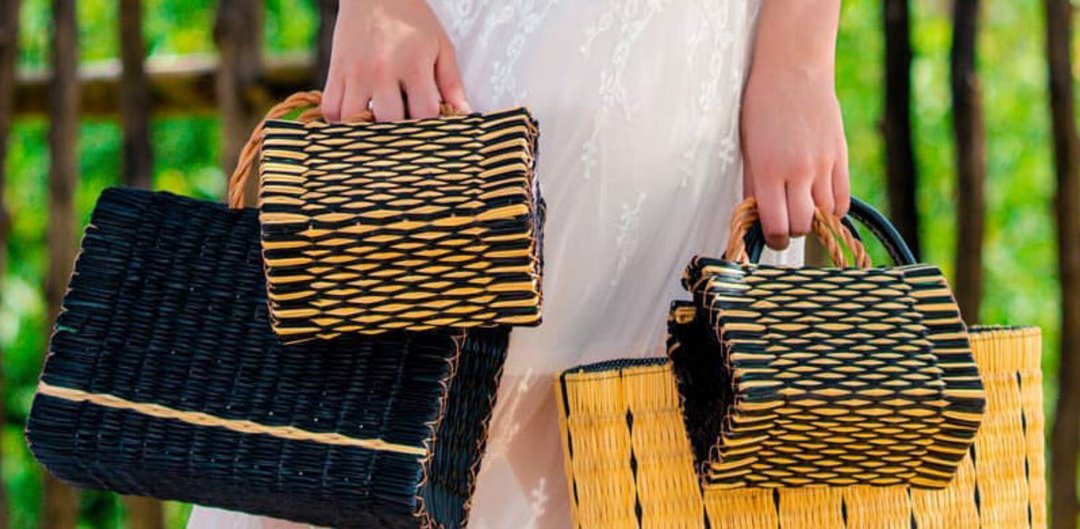The Difference Between Faience and Stoneware in Portuguese Ceramics
Faience and stoneware are two popular types of pottery used in Portuguese ceramics. While they may look similar, they have different properties that make them unique. In this blog post, we’ll explore the differences between faience and stoneware pottery on Portuguese ceramics.
What is Faience?
Faience is a type of earthenware pottery that originated in Italy in the 16th century. It is made of a porous clay body covered with a tin glaze, which gives it a smooth and shiny surface. The glaze is usually white, but it can be decorated with colored designs.
In Portugal, the city of Alcobaça is known for producing faience pottery. The technique of making faience pottery was introduced to Alcobaça by Italian monks in the 17th century, and it has been a tradition in the city ever since.
One of the characteristics of faience pottery is its delicacy. It is not as strong as stoneware and is more prone to chipping and cracking. It is also not suitable for use in the oven or microwave, as the glaze can crack and the pottery can break.
Despite its delicacy, faience pottery is highly valued for its beauty and decorative qualities. It is often used as a decorative piece or for serving food at special occasions.
What is Stoneware?
Stoneware is a type of clay pottery that is fired at high temperatures, resulting in a hard and durable material. It is made of a non-porous clay body and is glazed for decorative purposes or to make it easier to clean.
Stoneware pottery has been used in Portugal for centuries, and it is known for its rustic and earthy appearance. It is often decorated with simple designs or left unglazed to showcase the natural beauty of the clay.
One of the advantages of stoneware pottery is its strength and durability. It is resistant to chipping and cracking and can be used in the oven, microwave, and dishwasher.
Stoneware pottery is often used for everyday dining and is a popular choice for serving food at Portuguese restaurants.
What are the Differences between Faience and Stoneware Pottery?
Here are some of the main differences between faience and stoneware pottery on Portuguese ceramics:
- Faience is made of a porous clay body covered with a tin glaze, while stoneware is made of a non-porous clay body that is glazed for decorative purposes or to make it easier to clean.
- Faience is delicate and prone to chipping and cracking, while stoneware is strong and durable.
- Faience is not suitable for use in the oven or microwave, while stoneware can be used in both.
- Faience is often used as a decorative piece or for serving food at special occasions, while stoneware is often used for everyday dining.
Conclusion
In conclusion, faience and stoneware are two popular types of pottery used in Portuguese ceramics. While they have some similarities, they also have distinct differences in their properties and uses. Whether you prefer the delicacy and beauty of faience or the strength and durability of stoneware, Portuguese pottery has something to offer for everyone.




